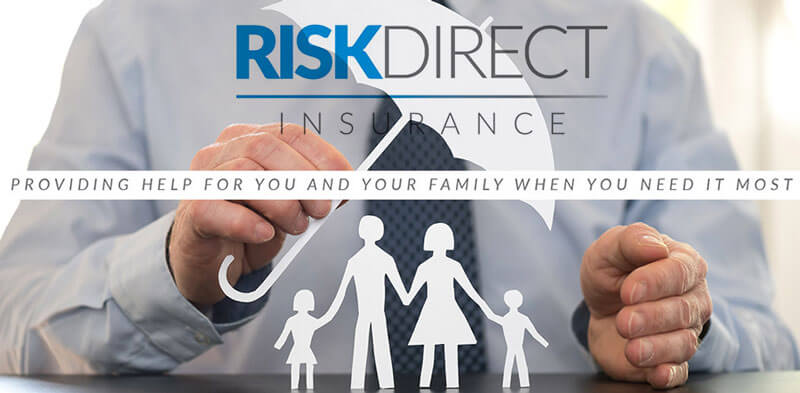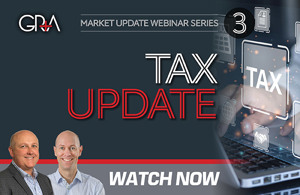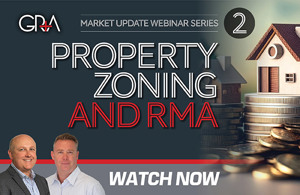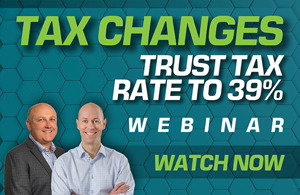
We find that a lot of our clients get very confused about what drawings are. And with good reason – it’s a complicated area. Most tend to think that drawings taken by a shareholder from a company are the same thing as their wage or pay. But this is not the case.
Whether it’s best to take drawings or a salary depends on your circumstances. Let’s have a closer look at both.
Salary/wage
Salaries are an expense to the company and the payment of these reduces the company’s profit. With a payment of a salary, you pay PAYE (Pay As You Go) tax, i.e. tax is deducted from the gross salary and remitted to the IRD. Therefore, you should always be up to date with income tax.
Points to note:
- ACC levies are also deducted from your shareholder salary, which gives you certainty that in the event of an accident, your income is protected.
- For lending purposes, a salary payment history makes it easier.
- KiwiSaver is also deducted from your gross salary and remitted to the IRD for them to pass on to your KiwiSaver provider.
There is one problem with a salary, and that is you may end up paying too much tax. By this I mean if the company is making a loss, then the shareholder may end up paying tax unnecessarily. In such a case, it is better to take drawings during the year and then determine the amount of the shareholder’s salary at year end, as explained below.
Drawings
For a lot of small businesses, the owners take drawings during the year, and at year end a shareholder’s salary is worked out by the accountant. (Note that a shareholder’s salary is not the same thing as an ordinary salary/wage as outlined above.)
In this process, the company’s accountant liaises with the small business owner to work out the best method so that you minimise the overall tax liability for both the company and you as an individual. This exercise is not cut and dry, as there are other things that come into play such as personal services regime, the Penny & Hooper rules, and the shareholders’ current accounts, to name a few. Therefore, you are best to obtain the help of a qualified accountant.
Drawings do not go through the profit and loss statement; instead, they go through the balance sheet. Shareholders have a “current account” in the balance sheet, which is where the drawings are coded to. Think of a current account as a bit like an overdraft facility you would have at a bank and interest is paid once a year on the net drawings. This means that if the current account shows that the shareholder still owes money to the company at year end after a shareholder’s salary is issued, then interest is payable on the amount owed.
To illustrate:
If the balance of the shareholder’s current account is $0 on 1 April 2021 and then the shareholder takes $5,250 out as drawings on 30 April 2021, the balance sheet shows that the shareholder owes the company $5,250. At year end it might show that the shareholder has taken 12 x $5,250 lots of drawings, in which case the current account will show that the shareholder owes the company $63,000.
The accountant completes the accounts and determines the company made a profit of $120,000 before shareholders’ salaries and tax. The accountant (having considered the personal services regime, the Penny & Hooper rules, and the shareholder’s current account to ensure the shareholder’s salary is within tax provisions) would then issue a shareholder’s salary for $63,000. This reduces the current account to $0 and decreases the profit of the company by the same amount (i.e. $120,000 - $63,000). Therefore the company profit will be $57,000. The shareholder will pay tax on the $63,000 and the company will pay tax on its $57,000 profit.
So what happens if the drawings taken are more than the company profit? If the entire amount of the drawings is paid as shareholder salary, the shareholder will pay more tax than is necessary. For example, let’s say a company has made a profit of $95k and the shareholder has taken $200k of drawings. In this case it is better at year end to convert $95k of drawings to shareholder’s salary, and leave $105k still in drawings. After accounting for the $95k salary (which is an expense to the company), the company has made no profit, so will not have to pay tax. And the shareholder only pays tax on $95k instead of $200k. In other words, you don’t have to convert all drawings to salary each year. As noted above, the accountant checks the tax provisions to ensure the shareholder’s salary is reasonable. As the current account shows that the shareholder owes money to the company, interest is charged by the company.
To use the drawings approach, you need to be very disciplined because you have to put aside tax for the three provisional tax payments that will need to be made across the year. These tax payments can vary from year to year, so the planning is a difficult exercise. With this in mind, taking drawings can also be difficult to plan for as well.
Other points to note:
- ACC will send out an invoice to the company for the ACC levy against the shareholder’s salary paid.
- KiwiSaver will need to be paid personally directly to the shareholder’s KiwiSaver provider.
- For borrowing purposes, lenders can shy away from people who receive shareholders’ salaries because the amount can vary from year to year.
Summary
Drawings give you the benefit of hindsight, meaning tax can potentially be reduced for both the company and the shareholder, and this can be a particularly useful approach for companies that are making small or no profits. However, drawings are trickier to manage than salaries.
The whole area of shareholder remuneration is complicated, and we recommend you contact us for a discussion on what method may be best for you.

John Heaslip
Business Advisory Director
Did you like this article? Subscribe to our newsletter to receive tips, updates and useful information to help you protect your assets and grow your net worth. We're expert accountants providing expert advice to clients in NZ and around the world.
Disclaimer: This article is intended to provide only a summary of the issues associated with the topics covered. It does not purport to be comprehensive nor to provide specific advice. No person should act in reliance on any statement contained within this article without first obtaining specific professional advice. If you require any further information or advice on any matter covered within this article, please contact the author.
Comments
Testimonials
Although I have not read the book cover to cover as of yet, Matt’s new book is absolute ‘top shelf’ material which without hesitation I would arguably put ahead of a few other well known authors that I have held in high regard for many years due to the fact of not finding anyone to surpass them – now I have. The book shows thorough research on a range of topics with clear concise kiwi examples. The books title does not do it justice – heres hoping a ‘property 201’ book is in the pipeline… - Bernard - October 2015
Gilligan Rowe and Associates is a chartered accounting firm specialising in property, asset planning, legal structures, taxation and compliance.
We help new, small and medium property investors become long-term successful investors through our education programmes and property portfolio planning advice. With our deep knowledge and experience, we have assisted hundreds of clients build wealth through property investment.
Learn More







































